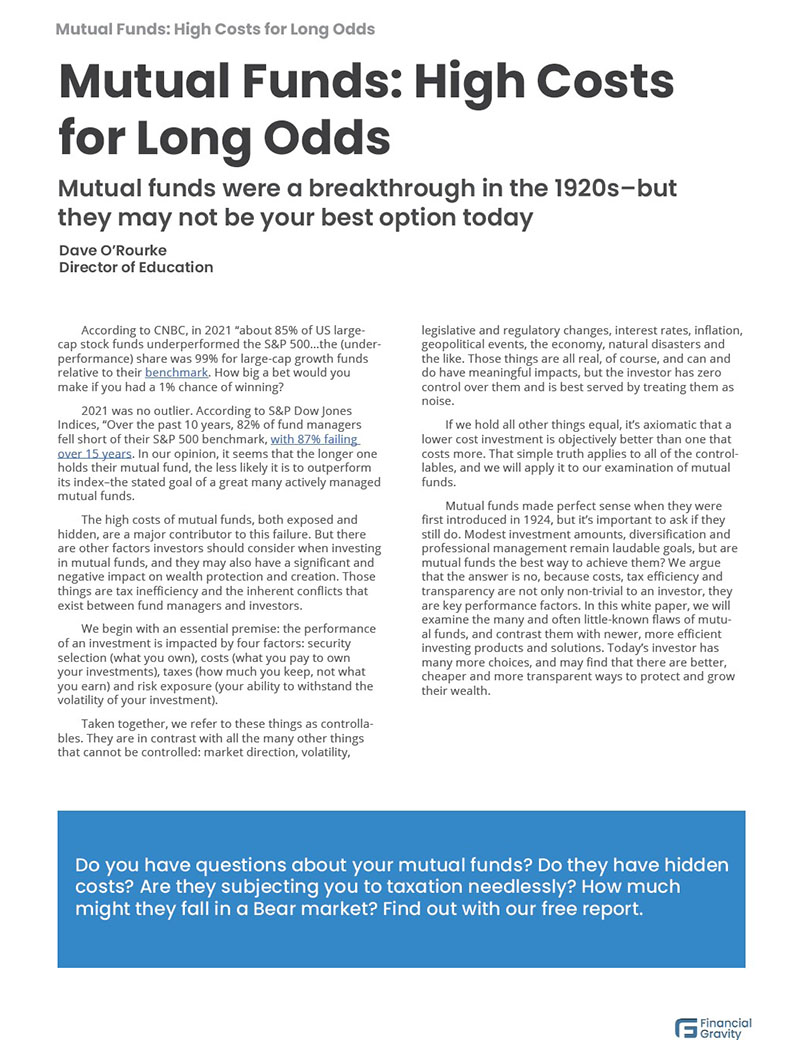The Vietnam War era gave us a number of cultural memes like the 1970 film Suppose They Gave a War and No One Came? It wasn’t much of a movie, but it spawned a lot of bumper stickers and captured the absurdity of the era pretty neatly. Given the frequency of recession predictions over the past decade and a half, we wonder: what if they had a recession and nobody came?
The last recession in the United States ended in June of 2008, over 16 years ago, and it was a rough one, dubbed “the Great Recession” in homage to the carnage of the ’30s Great Depression. It was brutal, and saw the takedown of storied Wall Street firms like Lehman Brothers and Merrill Lynch (acquired in something of a shotgun wedding by BankAmerica Corp).
Sixteen years is a long time between recessions, historically speaking. It seems unlikely that there will never be another recession, and, in fact, a recession can be a self-licking ice cream cone: the fear of a recession can cause a recession. Are we there or almost there?
Economists and market soothsayers have been forecasting a recession “in the next two years” for a decade now. It’s been so long since we had a downturn we thought it might be good to remind readers of some salient features of recessions, not only to prepare them for what could happen but to counteract potential overreactions that can result from predictions of doom.
Seven Things You Should Know About Recessions in the U.S.
Recessions are normal. There have been 31 since 1869. That’s 155 years, which means a recession has happened every five years since Reconstruction. Statistically speaking, it would have been normal for us to be in our third one since the Great Recession.
Since WWII, recessions have lasted 10 months on average. That’s longer than a hockey season but well short of a year. To put that in some perspective, it’s been 28 months since the last episode of Severance, and Elton John’s Farewell Yellow Brick Road goodbye tour lasted 58 months. So, relatively speaking, recessions don’t last all that long on average.
Recessions have been pretty easy on stocks. The correlation of recessions with the S&P 500 is positive but not dramatic; the average return of the market during all 31 is -3.3% annualized. The S&P lost 3% in one day on August 5th, so it just doesn’t seem like a thing to lose much sleep over. On the other hand, the S&P 500 lost 48% of its value in the six months leading up to March of ‘09, when it bottomed out.
More than half of the time, the S&P 500 return has been positive during recessions. There is an old story about the actuary who drowned in water with an average depth of four inches, but still, the hysteria over recessions seems overblown. Humans can suffer from something called endpoint bias, a tendency to put an undue emphasis on the most recent events, and we’d be wise to remember longer data series.
The stock market is a leading indicator, meaning that much of the historical damage, if any, was done before a recession started. Bear markets can wreak havoc on corporate balance sheets and liquidity, which can lead to less business investment and, eventually, a recession. The lesson here is that down markets can cause recessions, not the other way around, and to compartmentalize concerns about stock prices and economic news.
The return on average during the first 12 months after a recession ends has been over 24%. For the past 100 years, the average annual return for the S&P 500 has been roughly 10%, so you really don’t want to miss those recovery years, where a lot of long-term return is concentrated. This is arguably the only thing you need to take away from this blog: yes, bear markets can be hard to take, but the recoveries are typically swift.
As ever, market timing can destroy returns and can be very costly and tax-inefficient. Looking at data going back to 1930, Bank of America found that if an investor missed the S&P 500′s 10 best days in each decade, total returns would be just 91%, significantly below the 14,962% return for investors who held steady through the downturns.
We can not know or reliably predict when the 10 best days will happen, but here’s the thing: we can absolutely capture those 10 days simply by staying invested through the ups and downs, the expansions and recessions, and the disasters of every type that fill our daily headlines.








